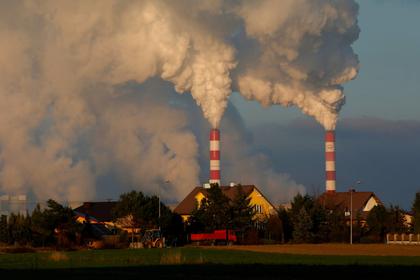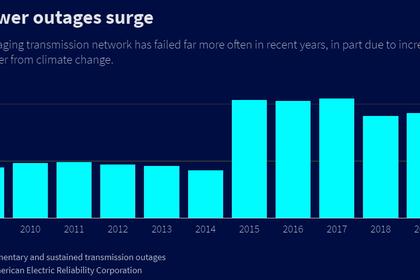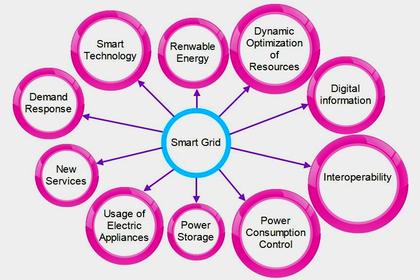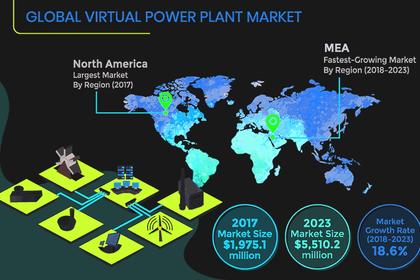
U.S. INFRASTRUCTURE NEED INNOVATION
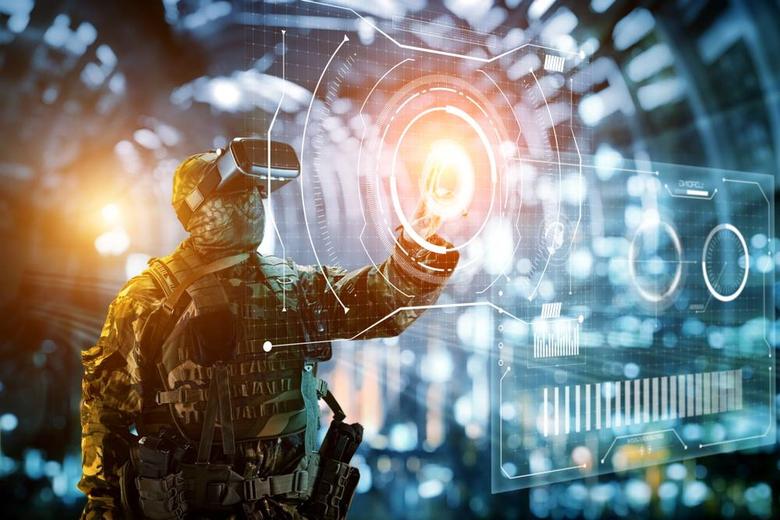
By JOSH GOULD Director of Innovation Duquesne Light
ENERGYCENTRAL - May 24, 2022 - For the average citizen, the word “innovation” brings to mind buzzy consumer-oriented products and services. The iPhone, Virtual Reality (VR) devices, maybe a smart watch. Often overlooked is the need for and importance of innovating at the “core”. This includes re-thinking, re-using, and adapting the basic, critical infrastructure we rely on every day. Here I want to make the case for why adapting at the core is so important, provide a few real-life examples, and make a call to action.
Why adaptation innovation
There are five key themes driving the need for adapting and innovating around the core:
- Climate change: Climate change has made weather events that cause stress on infrastructure both more severe and more frequent. Think fires, extreme heat, hurricanes, etc. In fact, in April 2022 the US Office of Management and Budget estimated climate change could cost the US 7.1% annual budget loss or 2 Trillion dollars a year (see here), with much of that cost attributable to infrastructure damage. That massive figure includes only the United States, of course, and not the many impacts across the globe.
- Aging infrastructure: The American Society of Civil Engineers gives our electrical grid a C minus grade, identifying a $200B investment gap from now until 2029 necessary to update and replace aging equipment.
- Asset performance: Due to both aging infrastructure and extreme weather events, reliability has been declining. Specifically, the number of outages roughly doubled over the past five years and the frequency and length of power failures are at their highest levels since reliability tracking began in 2013 (see here). Meanwhile there are growing warnings of blackouts this summer
- Customer expectations: While climate change and aging infrastructure have challenged the performance of our infrastructure, customer expectations are rising, conditioned by always on, “push a button” type services like Amazon or Uber Eats. At the same time, we have become ever more reliant on that infrastructure for health-care related services such as respirators, and end uses like heat pumps and electric cars that we are increasingly electrifying.
- Capital allocation: Finally, capital allocation decisions have not yet caught up to the reality associated with the adaptation need. Not only are the numbers associated with the investment gap large, but funding for “transformative adaptation” specifically – the kind that requires real innovation and doesn’t just nibble at the edges or focus on the near term – may be even larger.
Notice that all the themes above are long-lasting, and not temporary, in nature. In fact, the impacts of many of these trends – especially climate change and customer expectations – will only increase the need for adaptation and innovation in coming years.
Examples
While we as a society have not yet caught up with the massive need around adaptation, there are some steps in the right direction. These range from large incumbents well-positioned to address adaptation; like generator company Generac integrating more services to build their capabilities, or General Motors building a business around vehicle-to-“X” capabilities. To incumbent utilities thinking outside the box on how they better manage and monitor their core infrastructure. To a wide variety of startups innovating around different pieces of the adaptation opportunities: In risk, modeling and analytics startups like Jupiter Intelligence or Amperon; infrastructure-embedded smart sensor companies like CNI Guard or Hyperion Sensors; or smart enabling infrastructure like ConnectDER or Span.
Call to action
Ultimately the quality of our lives depends – in large part – on the critical infrastructure we rely on every day. There are growing challenges to the basic operation of that infrastructure, and our society must rise to the occasion to not just maintain current infrastructure performance but improve and modernize for ever more reliable, clean, and efficient infrastructure. To do that, we need the whole innovation ecosystem on board and focused on the adaptation need. From academia, to the government (federal, state, local) to big corporates, to startups, and to those who facilitate or allocate capital (venture capital, incubators, even pension and insurance funds). If we believe the cliché that necessity is the mother of innovation, we should seize the opportunity to target innovation around resilience and adaptation.
-----
This thought leadership article was originally shared with Energy Central's Utility Management Community Group. The communities are a place where professionals in the power industry can share, learn and connect in a collaborative environment. Join the Utility Management Community today and learn from others who work in the industry.
-----
Earlier:
